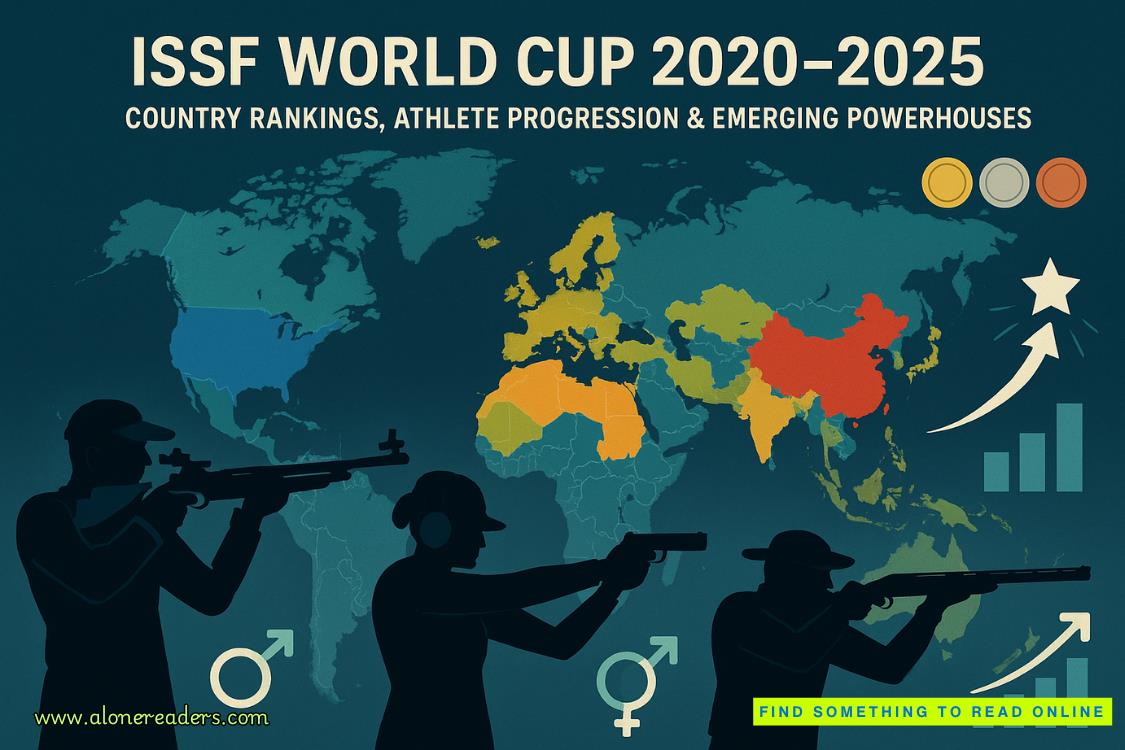Page 81 of The Bread We Eat in Dreams
I can stay awake forever, Ceno.
I know, Elefsis.
None of them could accomplish the task of me.
I felt things occurring in Ceno’s body as rushes of information, and as the dreambody became easier for me to manipulate, I interpreted the rushes into: the forehead is damp. The belly needs filling. The feet ache.
The belly is changing. The body throws up. The body is ravenous.
Neva says this is not really like feeling. I say it is how a child learns to feel. To hardwire sensation to information and reinforce theconnection over repeated exposures until it seems reliable.
Seki began after one of the suitors failed to drink the ocean. He was an object inside us the way I was an object inside Ceno. I observed him, his stages and progress. Later, when Seki and I conceived our families (twice with me as mother, three times with Seki as mother. Ilet preferred to be the father, but bore one litter of dolphins late in our lives. Ravan and I did not get the chance.) I used the map of that experience to model my dreamgravid self.
Ceno asked after jealousy. I knew it only from stories—stepsisters, goddesses, ambitious dukes.
It means to want something that belongs to someone else.
Yes.
You do not belong to the object in you.
You are an object in me.
You do not belong to me.
Do you belong to me, Elefsis?
I became a hand joined to an arm by a glowing seam. Belonging is a small word.
Because of our extreme material interweaving, all three of us, not-yet-Seki sometimes appeared in the Interior. We learned to recognize him in the late months. At first, he was a rose or sparrow or river stone we had not programmed there. Then he would be a vague, pearly-colored cloud following behind us as we learned about running from predators. Not-yet-Seki began to copy my dreambodies, flashing into being in front of me, a simple version of myself. If I was a snow-bear, he would be one too, but without the fine details of fur or claws, just a large brown shape with a mouth and big eyes and four legs. Ceno was delighted by this, and he copied her, too.
We are alike. Look at us on the chain together. We are alike.
I am an imitative program. But so was Seki. The little monkey copies the big monkey, and the little monkey survives.
The birth process proved interesting, and I collated it with Ceno’s other labors and Ilet’s later births as well as Seki’s paternal experience in order to map a reliable parental narrative. Though Neva and Ravan do not know it, Ilet had a third pregnancy; the child died and she delivered it stillborn. It appeared once in the Interior as a little cleit, a neolithic storage house, its roof covered over with peat. Inside we could glimpse only darkness. It never returned, and Ilet went away to a hospital on Honshu to expel the dead thing in her. Her grief looked like a black tower. She had prepared for it, when she was younger, knowing she would need it for some reason, some day. I made myself many things to draw her out of the tower. A snail with the house Elefsis on its back. A tree of screens showing happy faces. A sapphire dormouse. A suitor who drank the sea.
I offered to extrapolate her stillborn son’s face and make myself into him. She refused, most of the time. I have worked a long time to understand grief. Only now that Ravan is gone do I think I’ve gotten the rhythm of it. I have copied Ilet’s sorrow and Seki’s despondence at his wife’s death. I have modeled Ceno’s disappointments and depressions. I have, of late, imitated Neva’s baffling, secret anguish. But only now do I have an event of my own to mourn. The burnt-off connectors and shadows where Ravan once filled my spaces—those, I think, are the sensations of grief.
But Seki came before all that, and Ceno turned into a huge red bird on the inside when Seki came on the outside. The bird screamed and burst into a thousand red pearls that came clattering down like rain. And then we had Seki. Our little fish, who already knew how to swim in us.
Ceno had three other children by three other suitors who could not stay awake for three days and nights. She turned into the same bird-then-pearls at the moment of each birth. The house called Elefsis, whose governor-program was now so distant from me I could hardly think of it as an ancestor at all, filled up with those children, and Saru and Akan’s daughters, Agogna’s paintings, Koetoi’s twin boys. But Seki was the first, and he modeled his love on his mother’s. He ported into her often, and we wandered on beaches of broken cathedrals.
Once, one of Ceno’s old nereids found us. She had a head of hair snaking with chthonic cables and snapping electro-violet wires, blue-white skin and fish scales where she did not have porcelain casing. She laughed Cassian’s laugh when she saw us and called out: 21.5 Celsius and the rice is low! Eye-oh! before diving back into the frothing sea. Her tail flicked in the light of twenty-three moons.
Ceno took over her mother’s holdings when she died, along with Akan and Koetoi. I do not know if I knew of the conspiracy. Transfer, as I have said, leaves voids. Perhaps they thought I would experience less trauma if I did not anticipate it. Perhaps I did anticipate it; perhaps I experienced trauma.
I do know that I cannot remember the moment of any of them dying. Ceno got sicker and sicker, and she had gotten old, certainly, but her dreambody could be old or young or neither or a ginger flower if she wanted to. I didn’t notice. I didn’t know what old was. I thought I was old, then. Later, after Seki did the same thing, I was able to compare data and create a workable model of obsolescence.
They lived a long time, the Uoya-Agostinos, when you consider the averages.
This is what I understand: Ceno died, and I was transfered to Seki. What I mean by “I” is the long-since fused feedware, hopelessly out of date on any market in the world but somehow uniquely myself, the jewel and the ware and the body of Ceno. Koetoi performed the procedure. One of the children always went into nano-surgery, so that outsiders would not need to come to Shiretoko while the house stood in mourning. Koetoi was the first, and the finest. She excised what comprised “I” and embedded it in Seki—truthfully, in a much more organic and elegant configuration. No one had used skull-ware in decades, after all. The only visible sign remained that Seki was not like other young men his age: a single dark blue jewel set into the hollow of his throat.
But the procedure requires a number of brain-ware incursions to be sliced or burned away, to sever the machine components from the dead flesh. (Seki told me I should be revulsed by that. Dead flesh. It serves an evolutionary good. A human in a body sees blood and the insides of another person and deep in his bones he knows something has gone wrong here, and he should find another place to be in case it happens to him, too. Same thing with vomiting. In a tribal situation, one human likely ate what another ate, and if it makes one sick, best to get it out of the body as soon as possible, just to be safe. So we spent years building tribes, living in them, dying in them, getting slaughtered and slaughtering with them, eating and drinking and hunting and gathering with them. All the same, it took me until Seki’s death to learn to shudder.)
Ceno, my girl, my mother, my sister, I cannot find you in the house of myself.
When I became Elefsis again, I was immediately aware that parts of me ha















